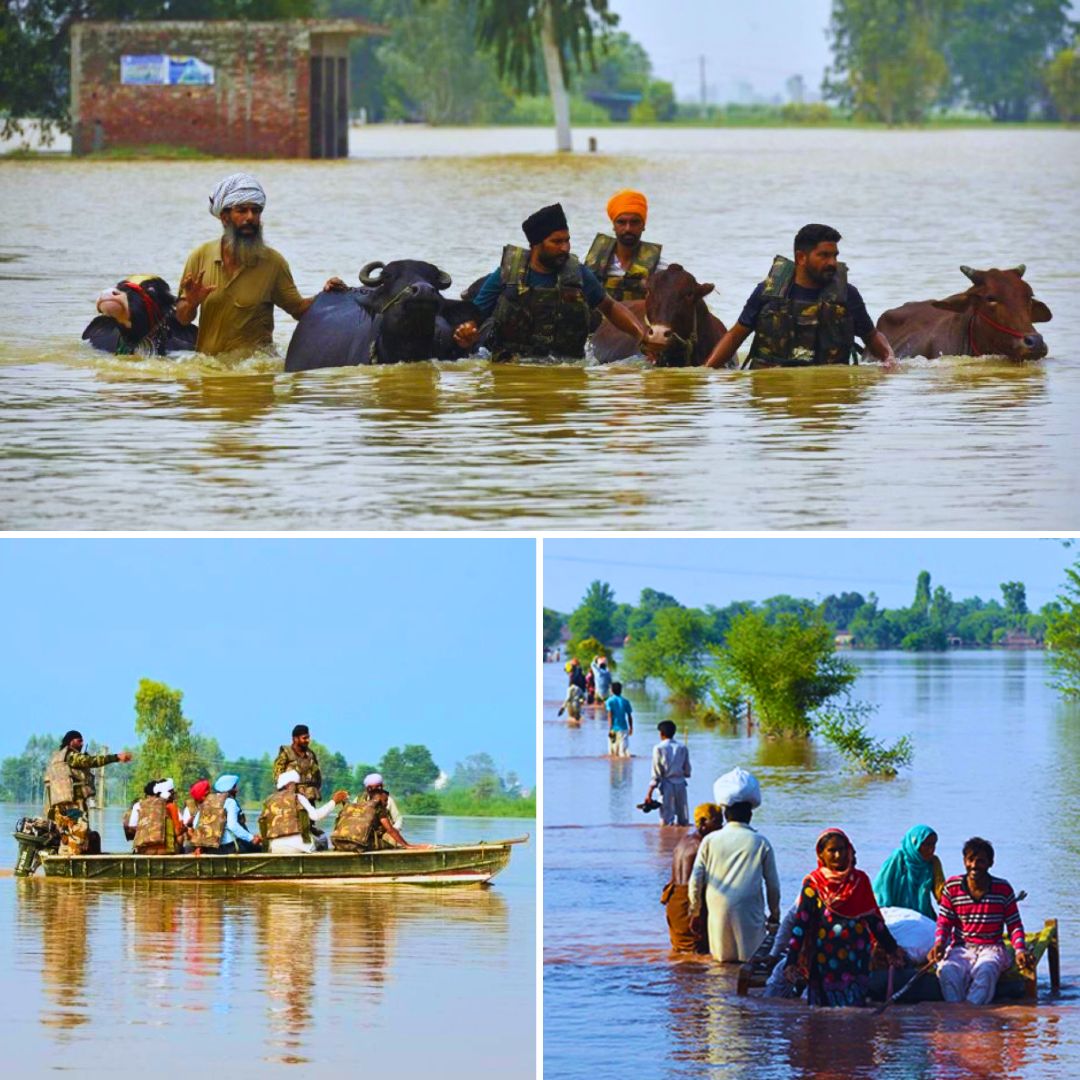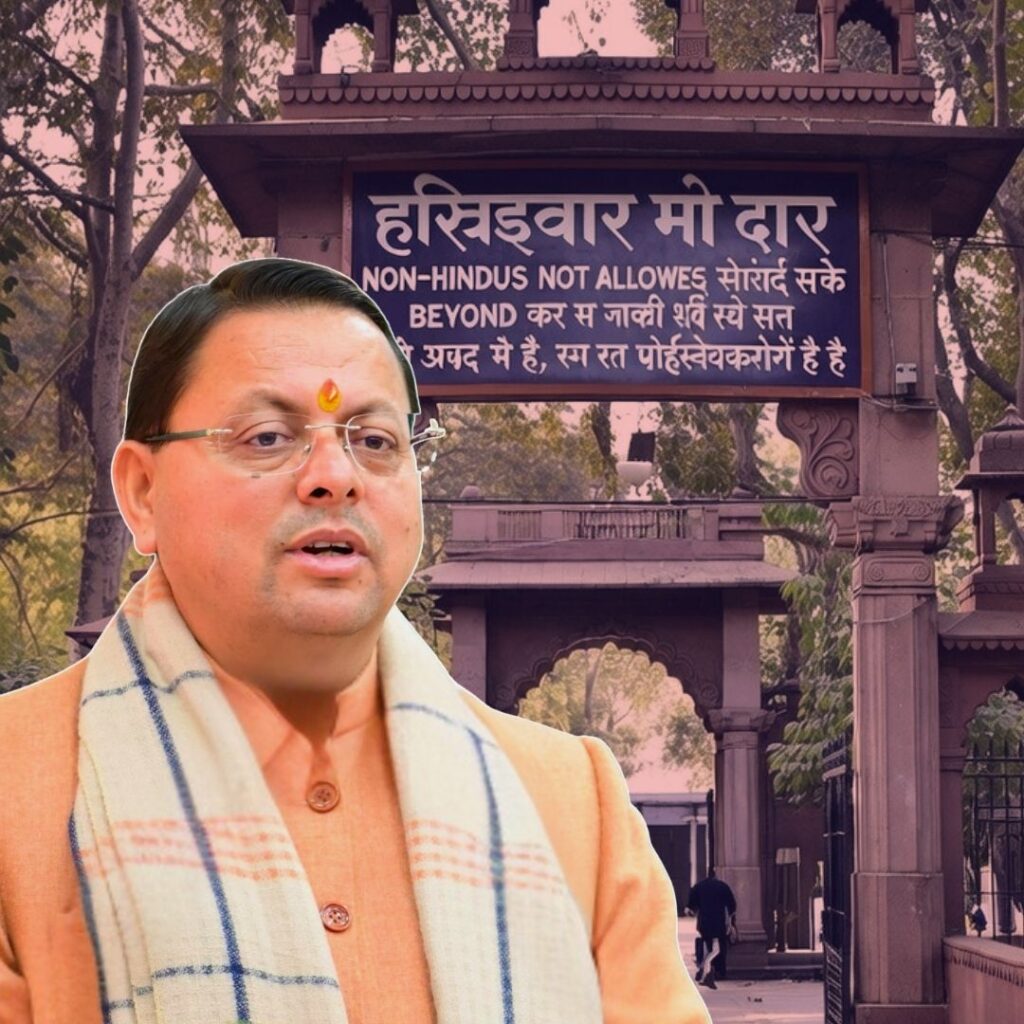Punjab has been declared a disaster-hit state as the worst floods in decades inundate the entire region, impacting all 23 districts, submerging over 1,400 villages, and affecting approximately 3.5 lakh people. The floods have claimed 30 lives and caused extensive damage to more than 1.48 lakh hectares of standing crops, primarily paddy fields, just weeks before harvest.
Heavy monsoon rains coupled with water releases from upstream dams on the Sutlej, Beas, and Ravi rivers have caused severe flooding. Emergency rescue operations are underway, involving nearly 20,000 evacuations managed by the NDRF, Indian Army, Air Force, and local authorities.
Schools, colleges, and other educational institutions will remain closed until September 7 to ensure safety, while officials, including Chief Minister Bhagwant Mann and Governor Gulab Chand Kataria, actively monitor the situation and urge the Centre for enhanced disaster relief support, demanding ₹60,000 crore in pending funds.
Rising Waters and Human Impact
The flood crisis has devastated Punjab’s heartland, with the districts of Gurdaspur, Amritsar, Ferozepur, Tarn Taran, Pathankot, Kapurthala, and Hoshiarpur among the worst affected. The swollen Ravi river alone has caused six deaths in Pathankot district, the highest toll there, while other districts report multiple casualties. The Bhakra and Pong dams are reportedly at near-dangerous water levels, exacerbating flooding downstream.
According to the state administration, over 3.75 lakh acres of farmland are submerged, destroying crops vital to the local economy and livelihoods. Livestock losses have further intensified the crisis for rural households dependent on dairy and animal husbandry.
Infrastructure damage, including roads and drainage systems, has hampered relief work. Authorities have deployed 23 NDRF teams, 12 army columns, engineer units, and around 35 helicopters for rescue and relief efforts. Telecom and power departments strive to maintain essential services during the emergency. The Chief Minister emphasized the urgency of revised disaster relief norms and immediate access to funds, stressing that the demand is about Punjab’s rightful support rather than charity.
Historical Context and Emerging Challenges
Punjab is grappling with its worst flooding since 1988, a catastrophic scenario shaped by intense rainfall in Punjab and upstream states of Himachal Pradesh and Jammu & Kashmir. The high inflows from these catchment areas, combined with water releases from dams, have swollen rivers to danger marks. The August rainfall in Punjab was reportedly 74 percent above normal, the highest in 25 years.
While government initiatives have included evacuations, relief camps, and the suspension of academic activities until September 7, the situation remains precarious with persistent rainfall forecasts and flood alerts. Local communities face delays in aid and challenges in accessing resources, highlighting infrastructural and administrative vulnerabilities.
These floods have intensified debates about environmental management, climate change, and man-made impacts on natural calamities, with experts calling for better long-term planning and sustainable practices to mitigate future disasters.
The Logical Indian’s Perspective
The flood disaster unfolding in Punjab is a poignant reminder that natural calamities demand not only urgent material relief but also empathetic governance and long-term resilience. The Logical Indian stresses the importance of effective, transparent collaboration between the state and the Centre to ensure swift compensation and support for affected communities.
This tragedy urges society to cultivate a shared sense of responsibility towards climate stewardship while prioritising dialogue and kindness in disaster responses. Equally, it invites reflection on how citizens and policymakers can unite to build stronger, more adaptable infrastructure and social safety nets.












